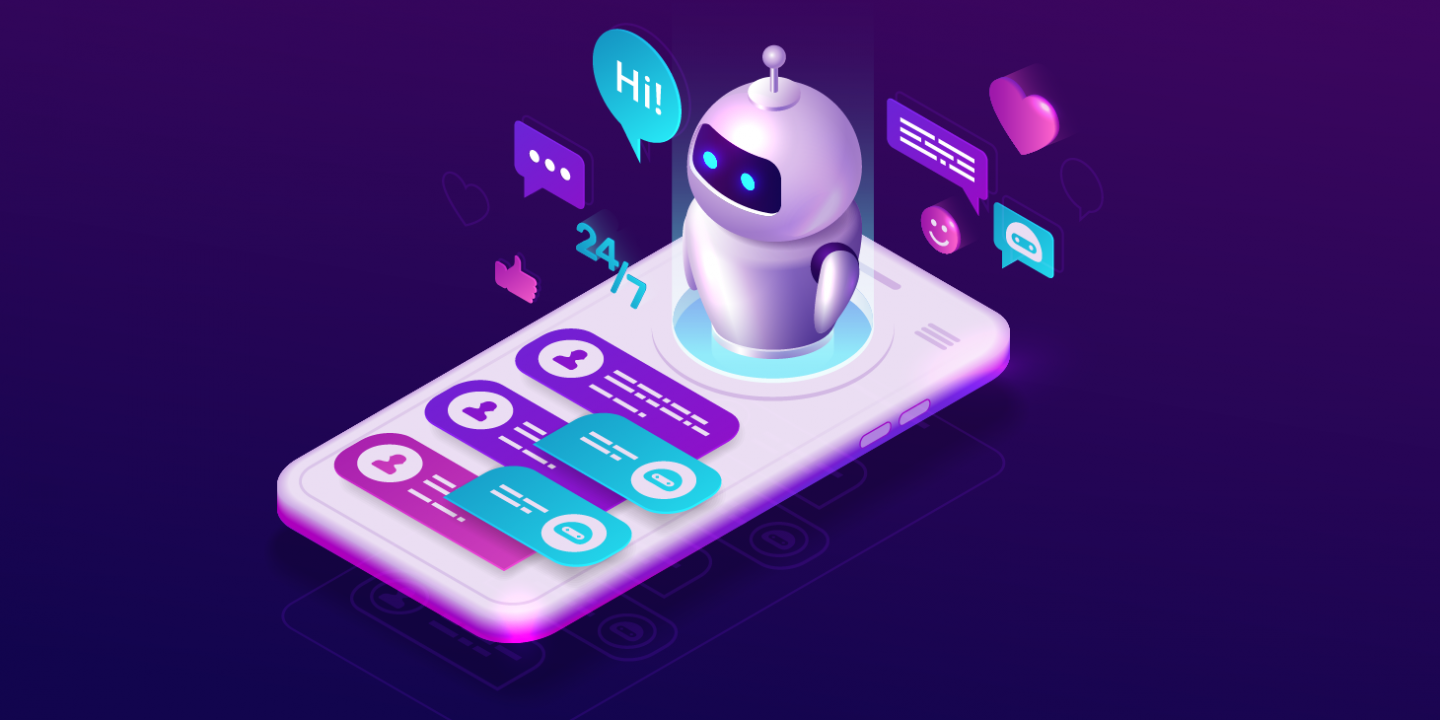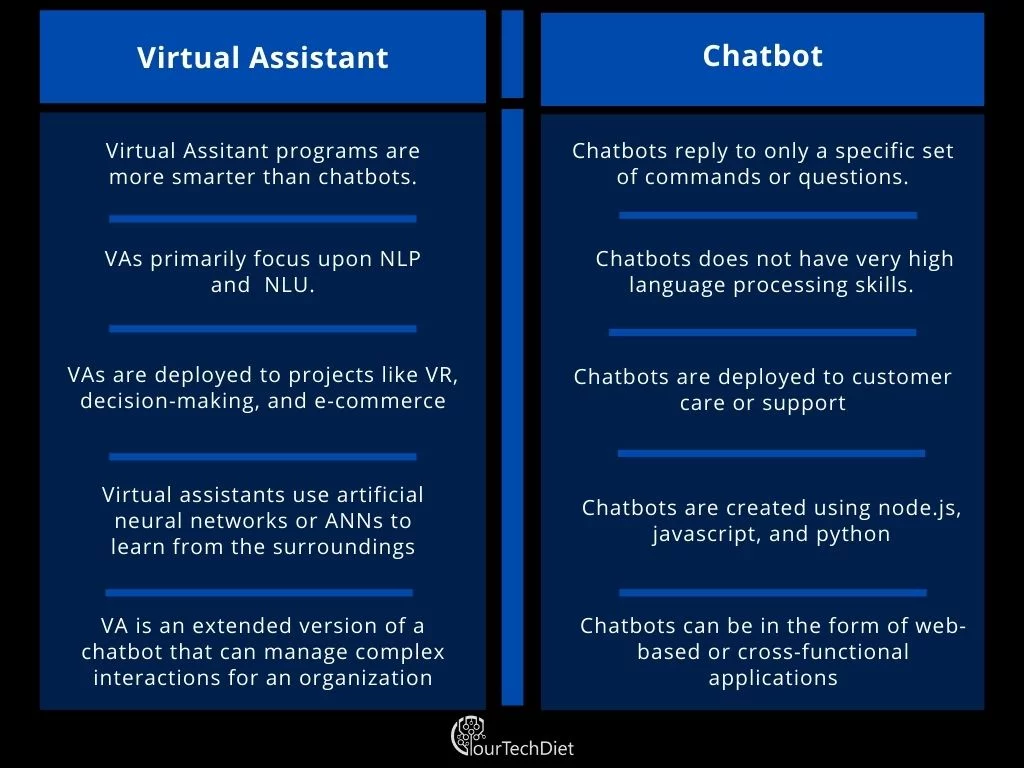New Technologies in AI: Chatbots and Virtual Assistants
Evolution of Chatbots and Virtual Assistants: The genesis of chatbots dates back to the early days of computing when ELIZA, a primitive natural language processing program, captivated users with its rudimentary conversational abilities. Since then, technological progress has propelled chatbots into sophisticated agents capable of simulating human-like interactions. Concurrently, the inception of virtual assistants like Siri, Alexa, and Google Assistant revolutionized how individuals interact with technology, offering personalized assistance through voice commands and natural language processing.
Applications Across Industries:
The versatility of chatbots and virtual assistants transcends industry boundaries, permeating sectors such as customer service, healthcare, finance, and education. In customer service, chatbots streamline interactions by addressing frequently asked questions, resolving queries, and facilitating transactions, thereby enhancing efficiency and customer satisfaction. Healthcare providers leverage virtual assistants to offer medical advice, schedule appointments, and monitor patient health remotely, fostering accessibility and improving healthcare outcomes. Financial institutions deploy chatbots to assist customers with account inquiries, financial planning, and fraud detection, augmenting service delivery and security measures. Moreover, educational institutions integrate virtual assistants to offer personalized learning experiences, provide academic support, and automate administrative tasks, optimizing educational outcomes and administrative efficiency.

Future Prospects: Looking ahead, the trajectory of chatbots and virtual assistants heralds a future characterized by seamless human-machine interactions and ubiquitous AI integration. Advancements in natural language understanding, machine learning, and emotional intelligence promise to imbue chatbots and virtual assistants with heightened cognitive capabilities, enabling them to comprehend nuanced contexts and emotions. Furthermore, the convergence of AI with augmented reality (AR) and virtual reality (VR) holds immense potential for immersive and interactive experiences, redefining the boundaries of human-machine interaction.
Tabular Comparison of Virtual Assistant and Chabot
In conclusion, the ascendancy of chatbots and virtual assistants epitomizes the transformative power of AI in reshaping how individuals interact with technology and each other. As these technologies continue to evolve and permeate various facets of society, it is imperative to navigate their deployment with foresight, ethical considerations, and a commitment to harnessing their potential for the collective benefit of humanity. Embracing innovation while mitigating risks will be pivotal in realizing a future where AI-powered chatbots and virtual assistants serve as indispensable allies in navigating the complexities of the digital age.
Compiled by: Pratiksha Bisht


Comments
Post a Comment